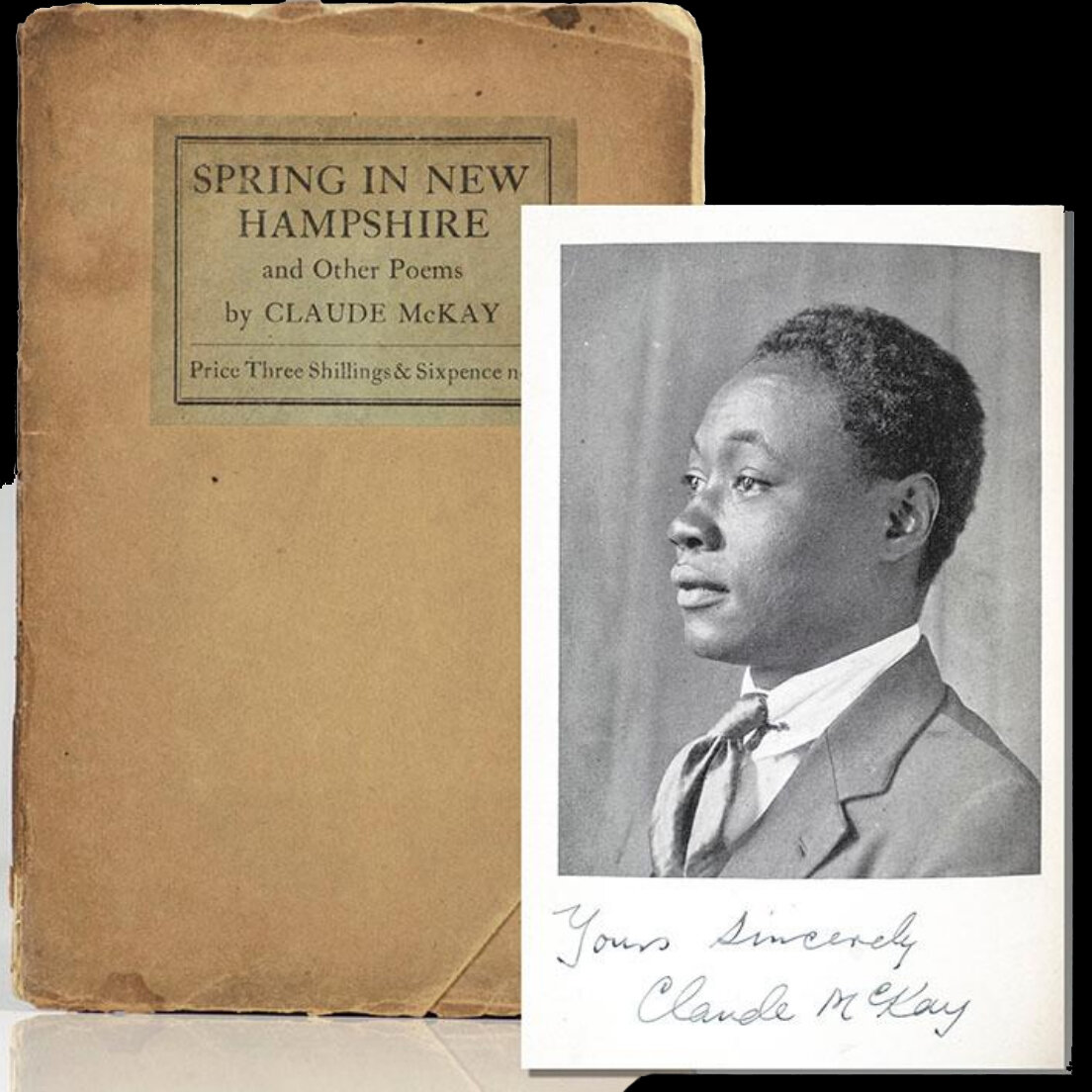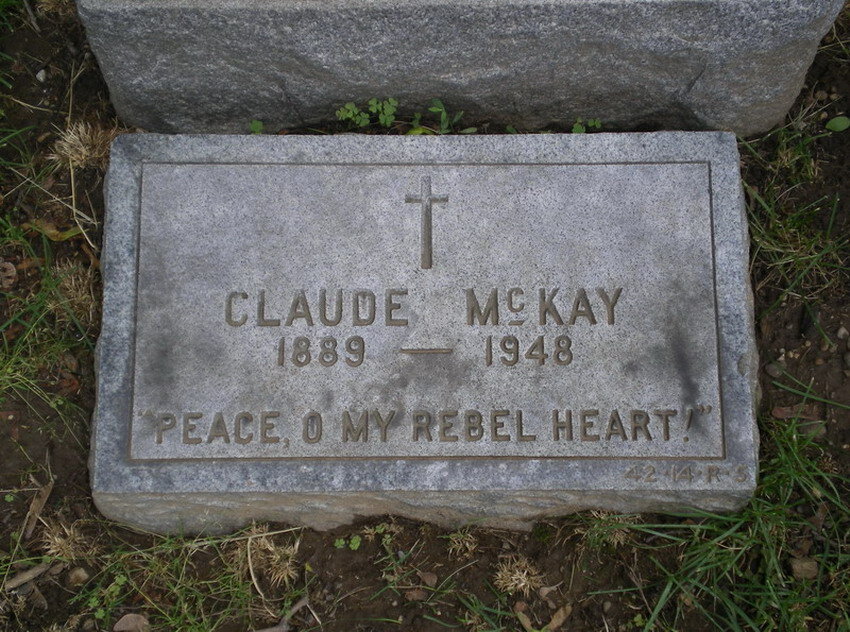Claude McKay's "The Lynching"
A POST IN TRIBUTE TO TODAY'S #BLM MOVEMENT, BY NY 1920'S OWN MICAH RIMANDO
One hundred years ago today ... Claude McKay's poem "The Lynching," was a timely condemnation of the heinous act named in its title. Lynching—murder by public hanging perpetrated by whites against African Americans since slavery times—was resurgent at this moment. McKay published his piece against the backdrop of published studies of lynchings (such as that published in W.E.B. Du Bois's The Crisis, featured in our post on February 4) and attempts to make the practice a federal crime. (See our post of June 19.) "The Lynching" remains resonant today, with systemic racism pervasive across the US and around the globe, and with black people still getting lynched in the US of 2020.
“The Lynching” first appeared in the Summer 1920 issue of Cambridge Magazine, a British literary journal edited by C.K. Ogden. Later that year it was included in McKay's Spring In New Hampshire and Other Poems (1920).
Cover, first edition of Spring In New Hampshire and Other Poems with signed frontispiece photo of McKay. Courtesy ABE Books.
It was republished in James Weldon Johnson's influential anthology The Book of American Negro Poetry (1922).
"The Lynching" uses the language of Christian faith to signal the ungodliness of the practice of lynching, drawing parallels between the victim and Jesus Christ on the cross: "His father … / Had bidden him to his bosom once again." In the poem, however, the death of the innocent man does not redeem anyone. The lynchers and white (blue-eyed) spectators who come the next day are denied salvation and associated with devils; the white children celebrate with "fiendish glee." The dead victim's body is a source of fascination for the spectators, as the poem touches on how black bodies are objectified.
McKay, Claude. “The Lynching.” The Book of American Negro Poetry, edited by James Weldon Johnson, Harcourt, Brace and Company, 1922.
McKay was a native of Jamaica who, in 1912, already a published poet and a confirmed political radical guided by Marxist principles, immigrated to the US to study at the Tuskegee Institute. He moved to Harlem in 1914 and lived in New York City for most of the next five years, establishing a career as a poet of verse, often stridently political, often rooted in African American or Caribbean dialect—and as perhaps the major voice in African American communism. In 1919, he became co-editor of the radical journal The Liberator; and that Autumn traveled to London, where he would stay for the duration of 1920, publishing his poems and working as a contributing editor for the socialist Workers' Dreadnought.
Workers' Dreadnought, January 1920. Courtesy Amardeep Singh's digital archiveClaude McKay's Early Poetry.
He returned to New York briefly in 1921 under pressure from the British Government, and soon departed for Russia; he would not come back to NYC until 1934. He was thus a pivotal precursor to the explosion of the arts and intellectual thought known as “The New Negro Movement,” “The New Negro Movement Renaissance,” and later the “Harlem Renaissance” (see our January 3 post) but was not present for most of its heyday. He spent most of his remaining years in NYC and is buried in Calvary Cemetery in Woodside, Queens.
Claude McKay’s Grave in Calvary Cemetery, Woodside, Queens, New York. Courtesy of Find A Grave.
In poems, essays, and novels, McKay trained his eye on oppression and its victims, particularly those generated by European/Western imperialism, colonialism, and capitalism. His work continues to feel urgent to this day.
SOURCES / FURTHER READING:
Cooper, Wayne F. Claude McKay: Rebel Sojourner in the Harlem Renaissance. Schocken Books, 1990.
Maxwell, William. New Negro, Old Left: African-American Writing and Communism Between the Wars. New York: Columbia University Press, 1999.
McKay, Claude, and A. L. McLeod. Trial by Lynching: Stories about Negro Life in North America. Centre for Commonwealth Literature and Research, University of Mysore, 1989.
“The NAACP Crusade Against Lynching, 1909-1950 (1980).” Rope & Faggot: A Biography of Judge Lynch, by Walter White, A. A. Knopf, 1929.
WRITTEN BY MICAH RIMANDO. JULY 2, 2020.
Special thanks to William Maxwell (Professor of English and African and African American Studies, Washington University of Saint Louis) for aiding with this entry.
TAGS: The Lynching, Claude McKay, African American Poetry, Systemic Racism, Harlem Renaissance, Cambridge Magazine, WEB Du Bois, James Weldon Johnson, The Liberator, BLM




